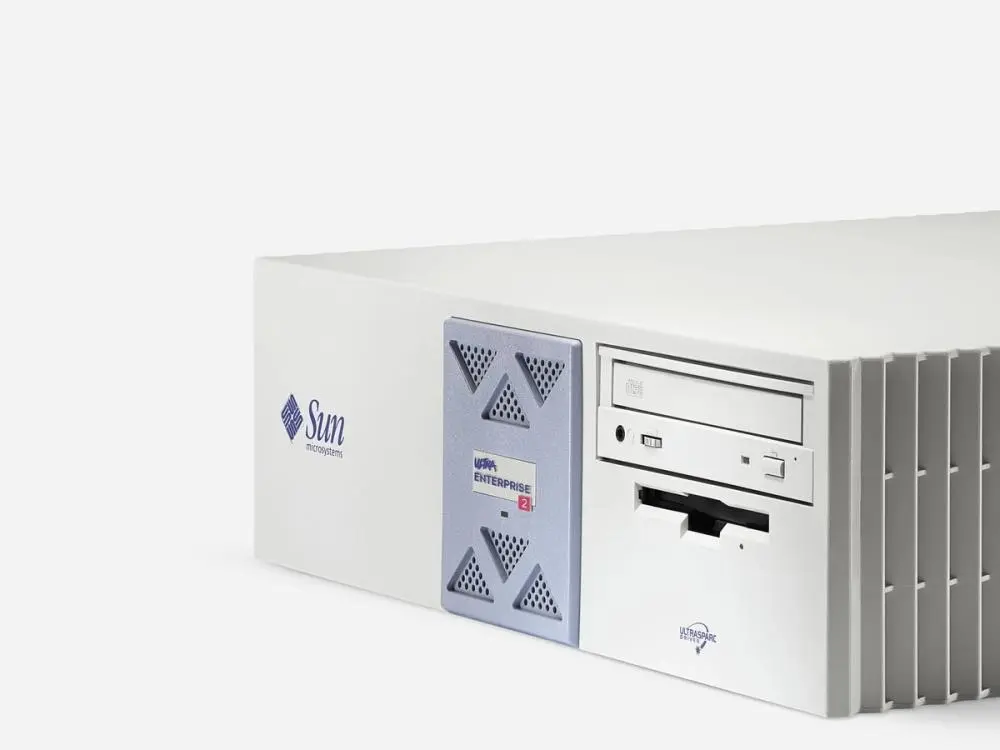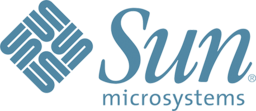

Founders:
Vinod Khosla
Bill Joy
Andy Bechtolsheim
Scott McNealy
Unleashing the power of networked computing
In the early eighties, John Doerr, a partner at Kleiner Perkins, heard about a Unix workstation being designed at Stanford University by one of its graduate engineering students, Andy Bechtolsheim. Called Sun-1 (Stanford University Network), it wasn’t the first workstation ever to be built, but it was the first one to operate on an open system where different types of computers could talk to each other. Existing technology operated in proprietary, walled gardens, but the vision for Sun was to take companies into the Network Age. (Remember John Gage’s famous slogan: "The Network is the Computer.")
In February 1982, Andy and two other Stanford graduates, Vinod Khosla and Scott McNealy, joined together to launch Sun Microsystems. Vinod was named President, Scott director of manufacturing and Andy, vice president of technology. They were also joined by Bill Joy, a Berkeley Ph.D. famous for his design of a Unix operating system. Bill was tasked with designing the software for Sun’s workstation. The company was immediately successful selling to the university marketplace, and in its first two quarters of operation generated $8 million in sales. In November 1982, Kleiner Perkins invested $1.7 million convinced of the market opportunity as well as the strength of the team leading the company. John joined the board and later took a sabbatical from Kleiner Perkins to work with Sun to manage the desktop division and develop the SPARC microprocessor.
Sun was ahead of its time in its vision for networked computing power, and it quickly added other verticals beyond the university market that were hungry for its open source workstations. Sun’s first big success was with ComputerVision. The company wanted a new platform for its software products and had signed a contract with another provider, that is until Sun came along and persuaded them it had a better solution. ComputerVision dropped its prior agreement and signed a contract with Sun that signaled Sun was a serious contender in the market. Others followed suit, most notably the financial houses of Wall Street that became big Sun customers. Capitalizing on its success, the company went public in 1986.
Sun’s subsequent growth was explosive, expanding its range of products to include Java, the Solaris operating system, ZFS, the Network File System (NFS) and SPARC. Sun contributed significantly to a number of computing technologies, including Unix, RISC processors, thin client computing, and virtualized computing. The company’s success continued through the dot-com era, but it began to struggle in the early part of the new century with declining sales of its high-end hardware. In 2009, Sun was acquired by Oracle for $7.4 billion.
Sun Microsystems left an indelible imprint on the technology sector. The company was known for its talent and became something of a farm system for Silicon Valley. Many of the big names of technology earned their stripes at Sun and went on to become CEOs of Google, Yahoo and Motorola. Vinod Khosla, John Gage and Bill Joy all became partners at Kleiner Perkins. Its most famous software, Java, which allowed users to write software across any computer and operating system, still runs beneath millions of websites and applications today.